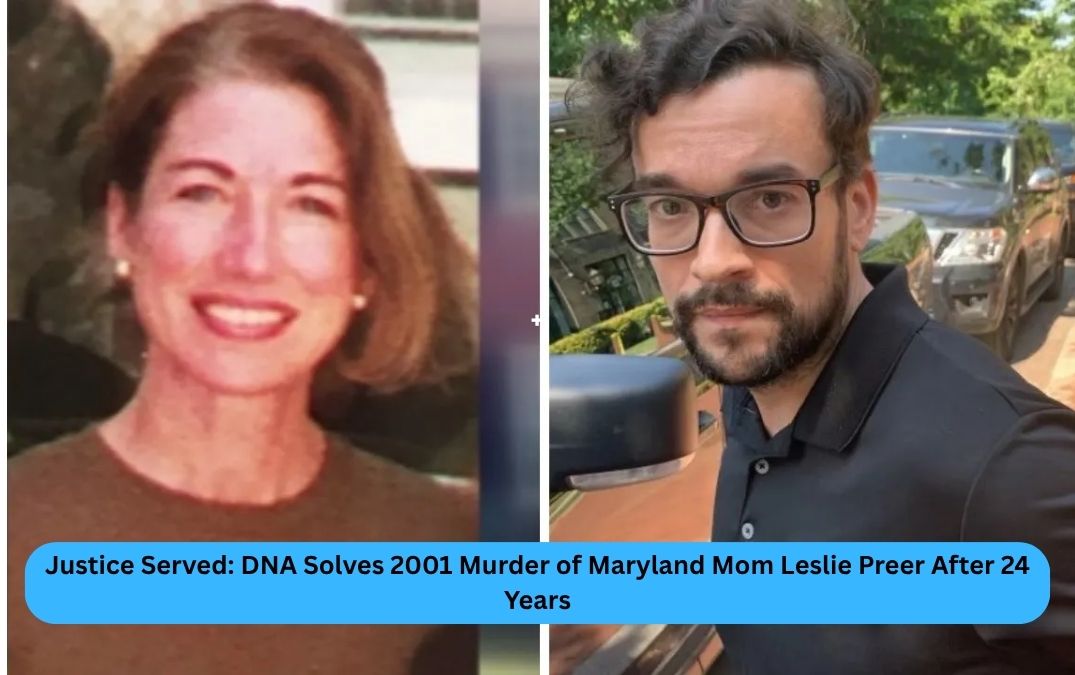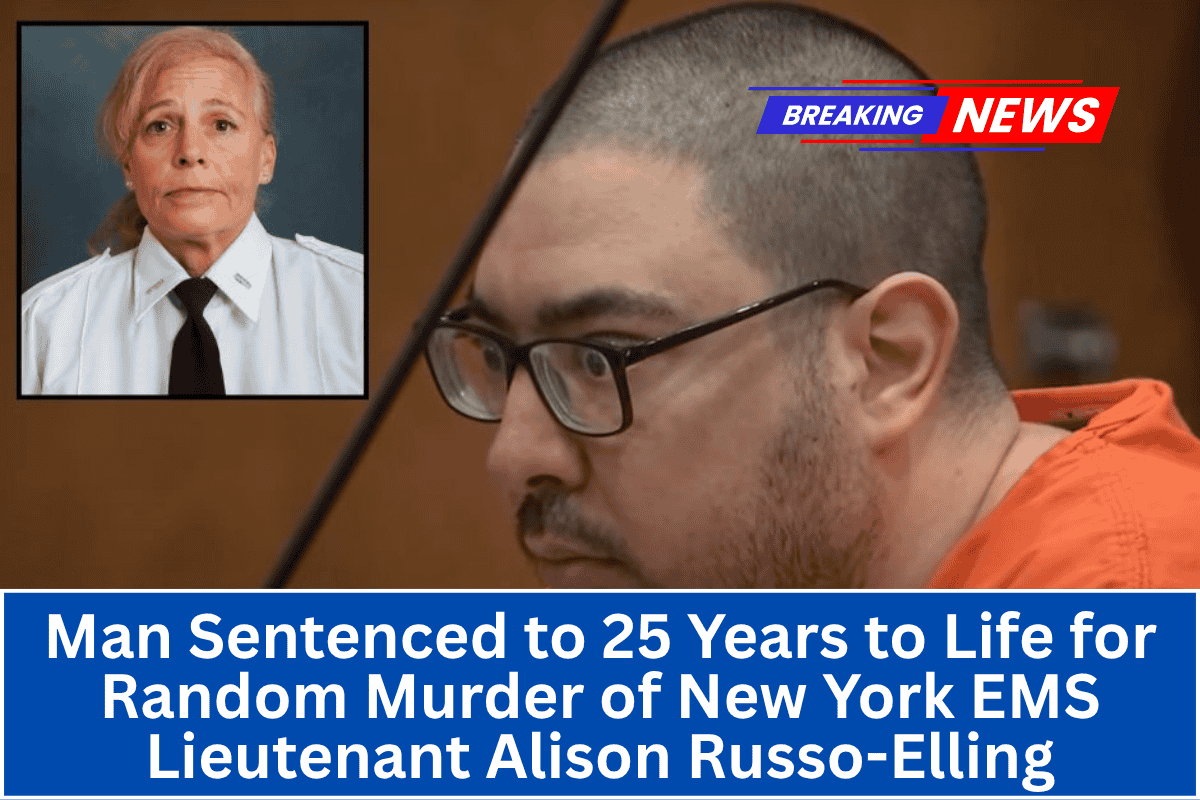After more than two decades, justice has finally been served in the cold-case murder of Leslie Preer, a beloved mother from Chevy Chase, Maryland. On May 7, 2025, Montgomery County officials announced that Eugene Teodor Gligor, 45, pleaded guilty to the brutal 2001 killing—closing a chapter that has haunted the Preer family for 24 years.
DNA Breakthrough Links Cold Case to Unexpected Killer
The break in the case came when familial DNA linked Gligor to evidence found beneath Leslie Preer’s fingernails at the crime scene. The critical match came from a distant relative in Romania who had voluntarily submitted her DNA to an online database, helping investigators identify Gligor as the prime suspect.
Montgomery County State’s Attorney John McCarthy said the use of forensic genetic genealogy in this case marks the first time such technology has been used to solve a cold-case murder in the county’s history.
“This was excellent police work that took place for over two decades,” said former D.C. homicide detective Ted Williams. “Without familial DNA, he would have gotten away with murder.”
A Killer Hidden in Plain Sight
Gligor had been hiding in plain sight in Washington, D.C., since the murder. He even had a connection to the family—Leslie’s daughter, Lauren Preer, had briefly dated him as a teenager. When Leslie was killed in 2001, Lauren was 24 years old.
Shockingly, Gligor had been welcomed into the Preer home years before the murder. “The fact that it turned out to be someone they allowed in their home with open arms, just makes it that much harder to understand,” said the family’s attorney, Benjamin Kurtz.
Authorities finally obtained Gligor’s DNA by staging a second fake security screening at Dulles International Airport, where he discarded a water bottle. That discarded item provided the DNA confirmation investigators needed.
The Tragic Day: May 2, 2001
Leslie Preer was found dead in her Chevy Chase home on May 2, 2001, after she didn’t show up for work. Her boss discovered her lifeless body in a pool of blood on the second floor. The medical examiner ruled her death a homicide, caused by blunt force trauma and strangulation.
At the time, there were no clear suspects, and Gligor was never on investigators’ radar—until DNA technology caught up with him.
A Family Finds Peace After Decades of Grief
Lauren Preer expressed deep gratitude to law enforcement for their persistence in the case.
“Lauren, her family, and friends have waited 24 years to finally get closure,” said attorney Kurtz. “She also finds peace in knowing her father, once unfairly suspected, can finally rest in peace now that the real killer has been brought to justice.”
While no punishment can undo the loss, the guilty plea brings a sense of closure for the Preer family. Lauren also acknowledged the Montgomery County Police Department and the State’s Attorney’s Office for their relentless work in securing justice.
“While the guilty plea will never bring back her mother, she and her family can finally begin the healing process,” Kurtz added.
No Motive Yet, But Closure Achieved
Authorities have not revealed a motive, and Gligor has yet to provide a reason for the heinous crime. Prosecutors believe the act was not premeditated, and Gligor had no criminal record at the time of the murder.
Gligor had a troubled past, including expulsion from boarding school and substance abuse issues, but nothing that clearly pointed to the violence he would later commit.
This case stands as a landmark example of how familial DNA and scientific advancements are revolutionizing how long-unsolved crimes are being brought to light.












